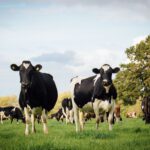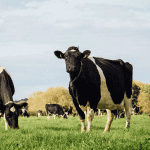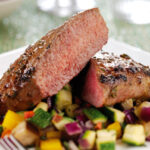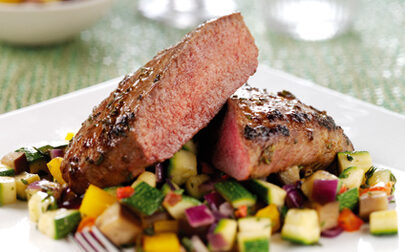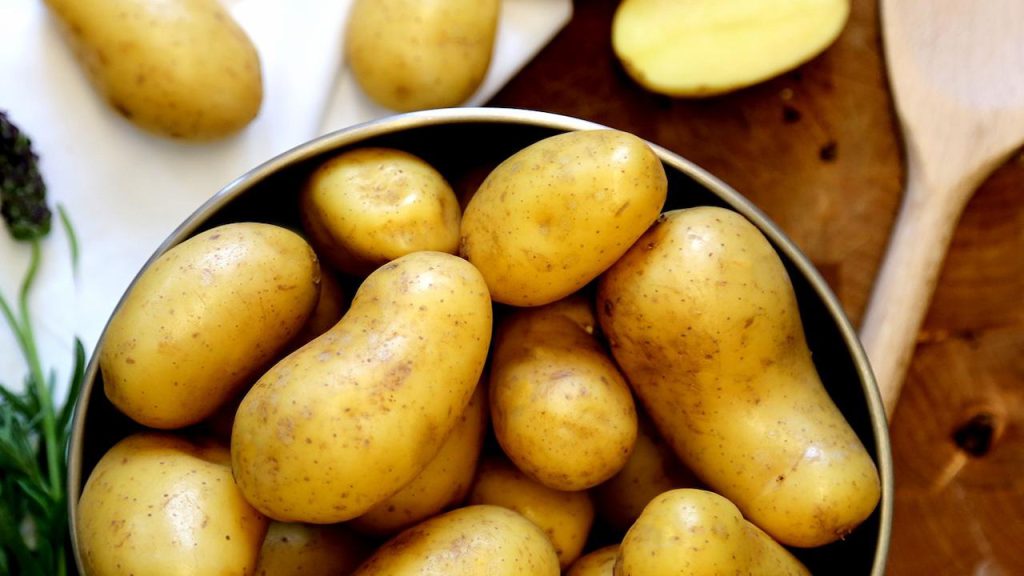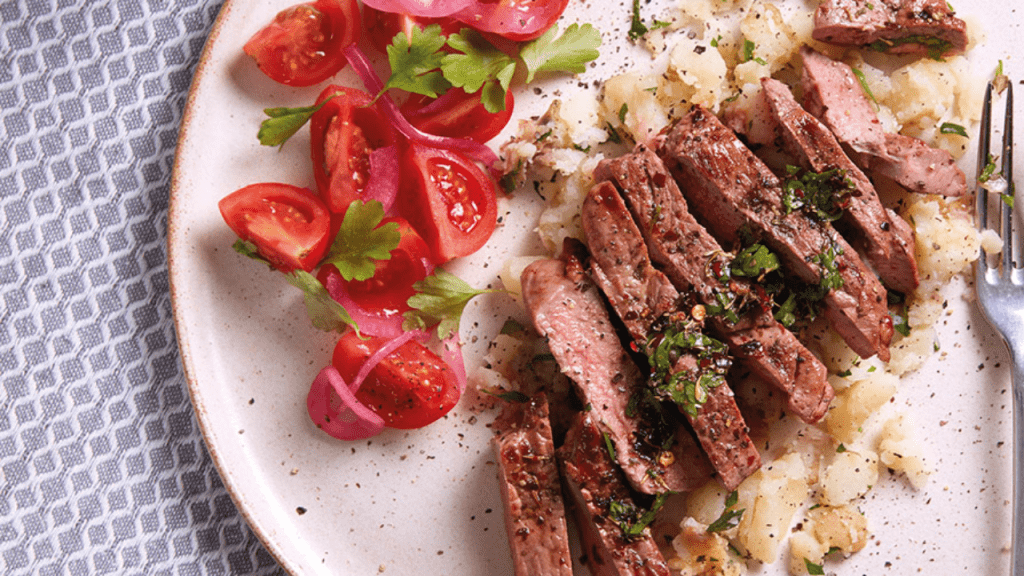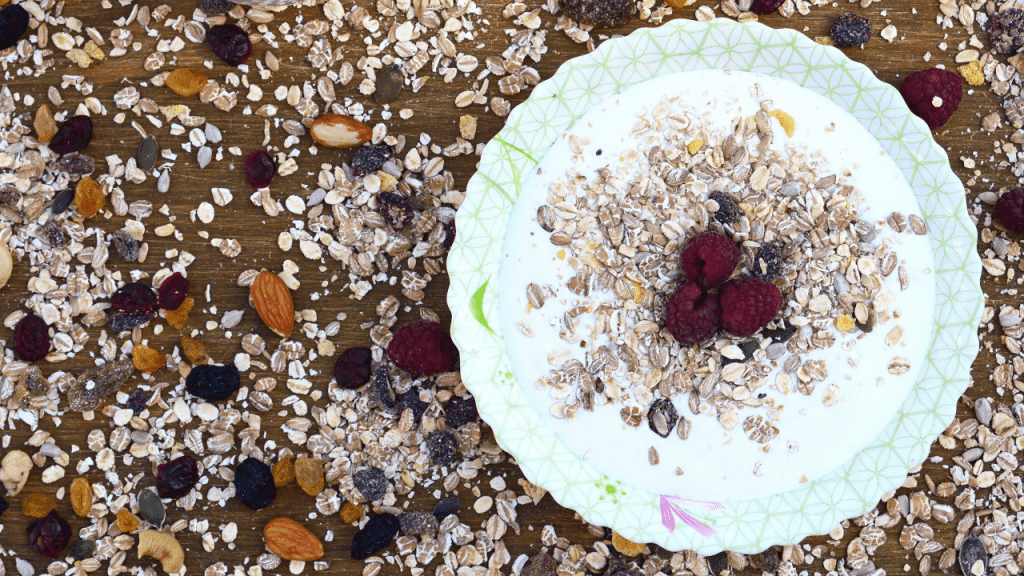Here we tell you more about the nutrients contained in red meat and how they may benefit your health when eaten as part of a balanced diet and healthy lifestyle.
Lean red meats, including beef, pork and lamb, can play an important part in a healthy, balanced diet as they have a high nutrient density. This means that they contain a wide variety of nutrients in a relatively small amount of food. Meat is a valuable source of high quality protein, vitamin and minerals that can contribute towards good health.
Red meat is rarely eaten on its own but typically with starchy carbohydrates like potatoes, pasta or rice and vegetables or salad, providing a meal that can contribute to a healthy, balanced diet.
In terms of how much meat, the current UK Government advises that people who are eating more than 90g/day (cooked weight) of red and processed meat should cut down to less than 70g/day. This is in the context of a healthy, balanced diet containing plenty of plant rich foods such as wholegrains, legumes, vegetables and fruit.
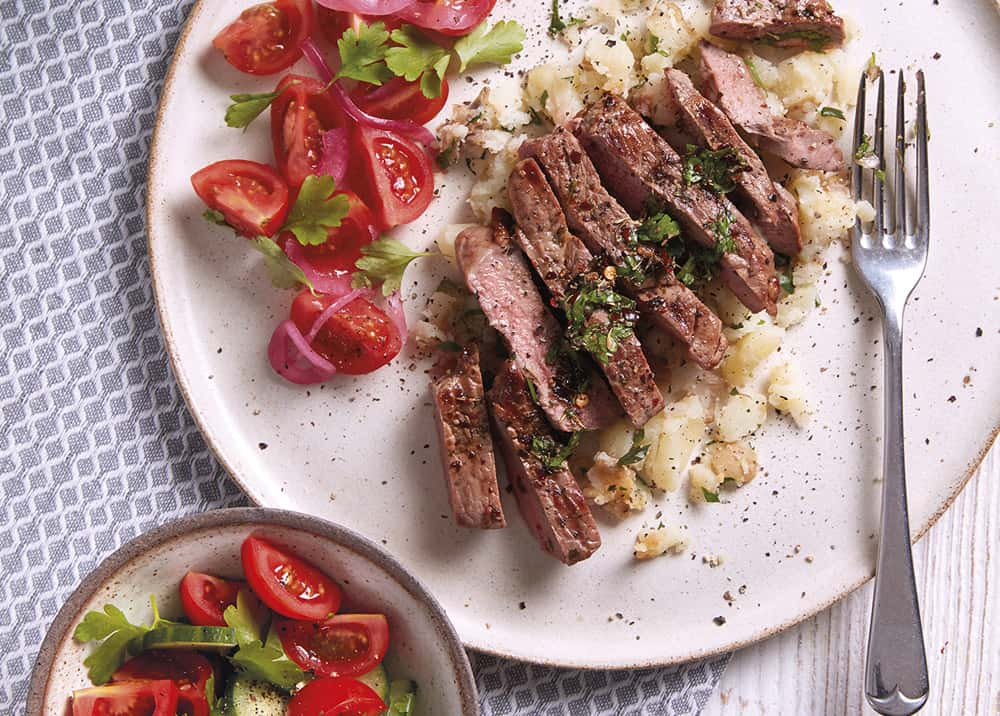
What nutrients are in pork, beef and lamb?
The table below illustrates the nutrients that trimmed, lean, raw, pork, beef and lamb naturally provide (per 100g).
Select meat type for more information:
- Pork
- Beef
- Lamb
PORK
| Nutrient | Source | Rich Source |
|---|---|---|
| Protein | ||
| Thiamin (vitamin B1) | ||
| Riboflavin (vitamin B2) | ||
| Niacin (vitamin B3) | ||
| Pantothenic acid (vitamin B5) | ||
| Vitamin B6 | ||
| Vitamin B12 | ||
| Iron | ||
| Phosphorus | ||
| Potassium | ||
| Selenium | ||
| Zinc |
| Nutrient | Source | Rich Source |
|---|---|---|
| Protein | ||
| Thiamin (vitamin B1) | ||
| Riboflavin (vitamin B2) | ||
| Niacin (vitamin B3) | ||
| Pantothenic acid (vitamin B5) | ||
| Vitamin B6 | ||
| Vitamin B12 | ||
| Iron | ||
| Phosphorus | ||
| Potassium | ||
| Selenium | ||
| Zinc |
| Nutrient | Source | Rich Source |
|---|---|---|
| Protein | ||
| Thiamin (vitamin B1) | ||
| Riboflavin (vitamin B2) | ||
| Niacin (vitamin B3) | ||
| Pantothenic acid (vitamin B5) | ||
| Vitamin B6 | ||
| Vitamin B12 | ||
| Iron | ||
| Phosphorus | ||
| Potassium | ||
| Selenium | ||
| Zinc |
Under GB regulations, any claim that a food is a ‘source’ of a vitamin or mineral must only be made when the product contains a significant amount, defined as at least 15% of the Nutrient Reference Value (NRV), which is a guidance level on the amount of a nutrient estimated to be needed to maintain health in healthy people. For a claim to be a ‘high/rich source’ of a nutrient, the food must provide at least 30% of the NRV.
With protein it is a little different and for a to claim to be made that a food is a ‘source’ of protein, at least 12% of the energy (measured in calories) must be derived from protein. For a claim to be made that a food is a ‘rich source’ of protein, at least 20% of the energy in the food must be derived from protein.
How might these nutrients benefit your health?

-
Immune support: Beef, lamb and pork naturally provide essential vitamins and minerals that help the immune system work normally. For example: vitamins B6, B12, iron (in beef), zinc and selenium (in pork).
-
Reduce tiredness and fatigue: Essential B-vitamins in red meat, including vitamins B12, B6, niacin (B3), riboflavin (B2), and pantothenic acid (B5), help our body convert the foods we eat into energy. Beef provides iron too, which also helps reduce tiredness and fatigue.
-
Maintaining muscle: Pork, beef and lamb are naturally rich in high quality protein, which supports the growth and maintenance of muscle mass. They are also a source of potassium, which helps muscles to work normally.
-
Bone health: Protein and phosphorous in lean beef, lamb and pork contribute to the maintenance of normal, healthy bones and the normal growth and development of children’s bones. Zinc also helps maintain normal bones.
-
Mood and mental health: Red meat naturally provides zinc and iron (in beef), which contribute to normal cognitive function. Iron also contributes to normal cognitive development of children.
-
Mental performance: Pantothenic acid (vitamin B5) contributes to normal mental performance.
-
Psychological function: Four of these B-vitamins support normal psychological function: B12, B6, niacin (B3) and thiamin (B1).
-
Blood pressure: Potassium contributes to the maintenance of normal blood pressure. Also, pork, beef and lamb are naturally low in salt. Reducing consumption of salt contributes to the maintenance of normal blood pressure.
-
Heart: Thiamin (vitamin B1) contributes to the normal function of the heart and assists it to keep beating.
-
Hormone regulation: Vitamin B6 contributes to the regulation of hormonal activity. Zinc contributes to the maintenance of normal testosterone levels in the blood.
-
Nervous system: Potassium and vitamins B12, B6, niacin (B3), riboflavin (B2), and thiamin (B1) help the nervous system to work normally.
-
Skin, hair and nails: Niacin (vitamin B3), riboflavin (vitamin B2) and zinc help maintain normal skin. Zinc and selenium help maintain normal hair and nails.
-
Teeth: Phosphorus contributes to the maintenance of normal teeth.
-
Eyesight: Zinc and riboflavin (vitamin B2) contribute to the maintenance of normal vision.
-
Fertility and reproduction: Selenium contributes to normal sperm production. Zinc contributes to normal fertility and reproduction.
-
Thyroid function: Selenium contributes to normal thyroid function.
-
Red blood cells: Vitamins B6 and B12 support normal red blood cell formation. Riboflavin (vitamin B2) supports the maintenance of normal red blood cells. Iron contributes to normal function of red blood cells and haemoglobin.
-
Mucous membranes: Niacin (vitamin B3) and riboflavin (vitamin B2) contribute to the maintenance of normal mucous membranes.
-
Oxidative stress protection: Riboflavin (vitamin B2), selenium and zinc contribute to the protection of cells from oxidative stress.
-
Cell division: Iron, zinc and vitamin B12 have a role in the process of cell division.
-
Oxygen transport: Iron contributes to normal oxygen transport in the body.
-
Energy production: Eight of these essential vitamins and minerals help release energy in the body (energy-yielding metabolism): iron, phosphorus and vitamins B12, B6, niacin (B3), thiamin (B1), riboflavin (B2), and pantothenic acid (vitamin B5).
For more information, see AHDB’s Beef, Lamb and Pork guides.
Note: all nutrition and health claims featured on this page are authorised claims that comply with GB Regulation (Regulation (EC) 1924/2006). All claims relate to 100g trimmed, lean, raw pork, beef and lamb, based on the nutrient content documented in McCance and Widdowson’s Composition of Foods. Cooking methods used will influence final nutrient content.
SPOTLIGHT ON IRON
Iron is important in making red blood cells, which carry oxygen around the body. It also plays a key role in maintaining a healthy immune system.
You need iron the most during periods of fast growth, like infancy, early childhood and adolescence. If you are pregnant you may also need more iron. UK dietary surveys indicate that many women are not getting enough iron. Currently, a quarter of females aged 19 to 64 years in the UK have average iron intakes below recommended amounts.
Iron in red meat is in the haem form which is well absorbed (or more “bioavailable”) whilst the iron in plant-based sources is often referred to as ‘non-haem iron’. Plant-based sources of iron include pulses and legumes, leafy green veg, nuts and seeds. Eating plant-based non-haem iron with animal protein foods and foods containing vitamin C can help your body absorb the iron. Therefore, for example, if you include some lean beef in a stir fry it will help you to absorb more iron from any iron-containing vegetables, nuts or pulses you serve with it.
For people who don’t eat red meat they can still get enough iron in their diet if they eat a variety of other iron containing foods e.g. pulses, nuts, seeds, dark green leafy vegetables, egg yolks (if eaten).


WHAT ABOUT THE FAT CONTENT OF RED MEAT?
Fat content of red meat is highly variable depending on species, origin, feeding system and the cut. Some meats especially fatty cuts and processed meat products can be high in saturated fat, a fat which is recommended we eat less of. Many of the important nutrients in meat are found in the lean part, so it is possible to reduce the fat without reducing the nutritional benefits. Choosing lean cuts of meat and trimming off any visible fat helps to reduce the saturated fat content.
Tips to further reduce the fat content:
- Choose extra lean varieties of meat and meat products.
- If you’re buying pre-packed meat, check the nutrition label to see how much fat it contains and compare products.
- Grill meat, rather than fry.
- Cook with vegetable oil such as rapeseed or olive oil, measure oil with a teaspoon to control the amount you use, or use an oil spray.
- Roast meat on a metal rack above a roasting tin so the fat can run off.
- Try using smaller quantities of meat and replacing some of the meat with vegetables, beans and pulses in dishes such as stews, curries and casseroles. This will also help to boost the fibre content of the overall meal.
- Use lean cubes of beef, lamb or pork for casseroles or kebabs.
